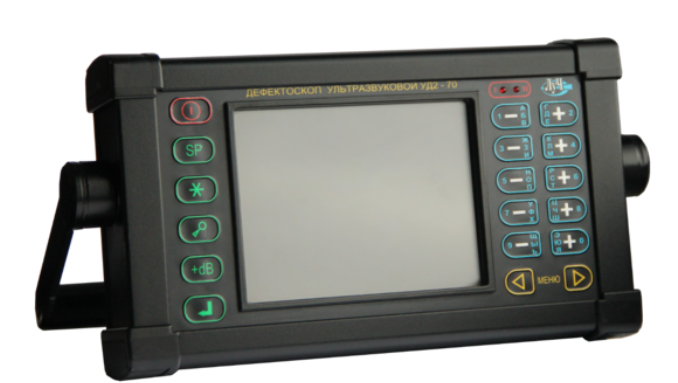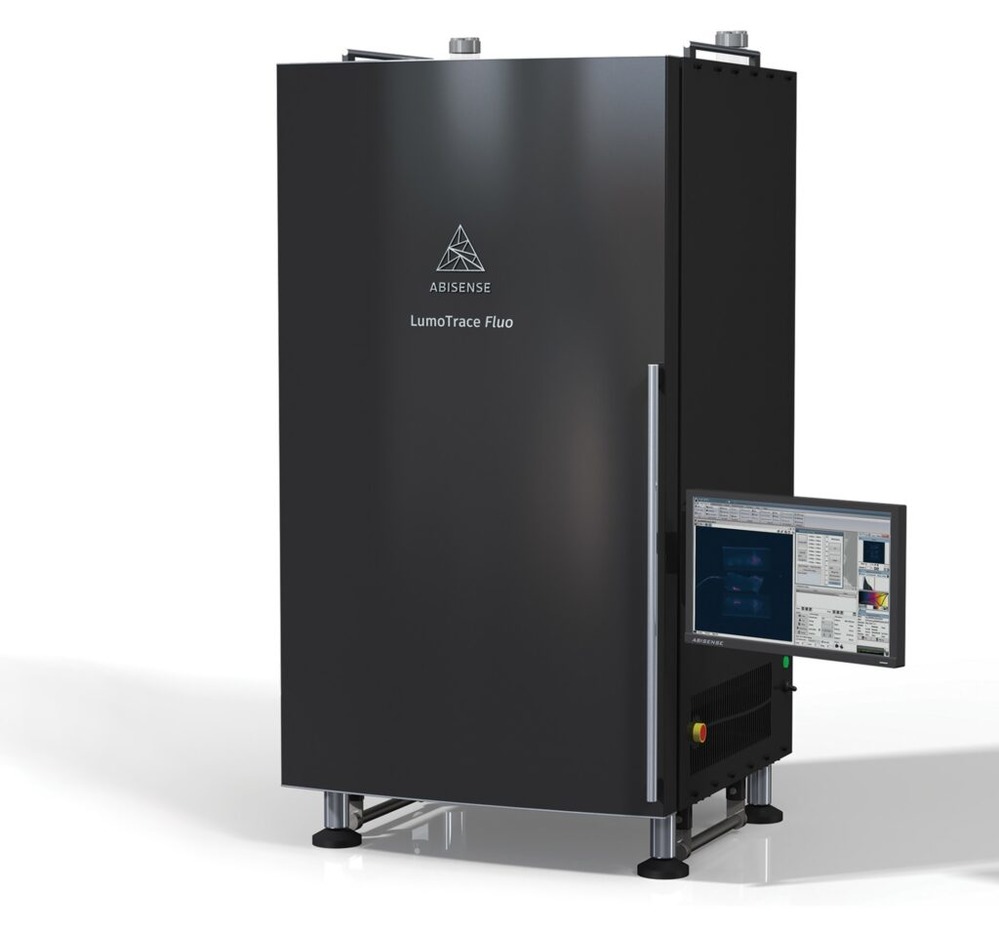Catalog
Search
246 products
View:
- Selected: 1Areas of use
- Selected: 0Item names
- Selected: 0Manufacturer
- Selected: 0Made in
- Selected: 0Additional
View:
246 products

THE DEVICE FOR CHECKING MICROPROCESSOR RELAY PROTECTION UNITS SPU-2
1 supp.
Allows to significantly simplify the procedure for checking, configuring and demonstrating microprocessor relay protection units.
The use of the stand makes it possible to significantly simplify the procedure of demonstration, verification and configuration of microprocessor relay protection units. The stand allows to check such protections as MTZ and OZZ, including directional, ZMN, ZPN, ZOF. With the help of the stand, you can easily check the automation functions of the RZA units, for example, URV, APV, AVR, etc.
PARMA
Saint Petersburg
Produced in: Saint Petersburg
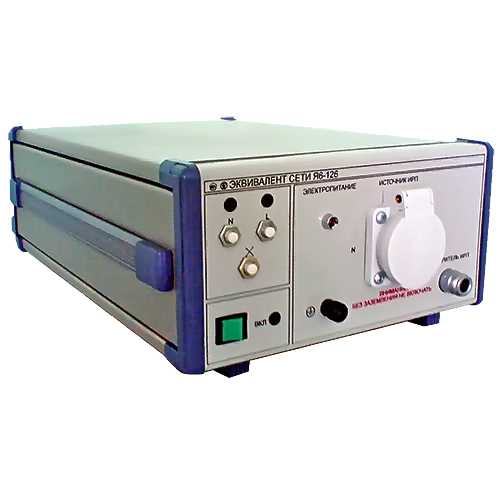
The equivalent of the Ya6-127 network
NNPO im. M.V.Frunze
Nizhny Novgorod
Produced in: Nizhny Novgorod
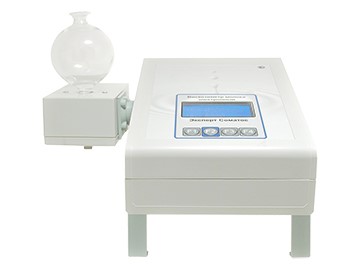
Electronic milk viscometer "Expert Somatos - 01"
from
69 000 ₽
1 supp.
Electronic milk viscometer (analyzer of the number of somatic cells in milk) Expert Somatos is a novelty of 2020! Modern, designed taking into account all the wishes of our customers over the past 12 years! The most accurate and most reliable! It fully complies with GOST 23453-2014 (Raw milk. Methods for the determination of somatic cells. Section 6: Method for determining the number of somatic cells using a viscometer) as amended on 01.01.2016, including the length and diameter of the capillary!
The analyzer is included in the state register of the Russian Federation as a measuring instrument!
Exclusive benefits:
• version with one or two flasks, which allows up to 60 measurements per hour
• optionally equipped with an integrated or external printer
• thanks to the new verification method developed from scratch, it can be trusted in any standardization and metrology center
As a rule, it is used:
• Dairy farms — for the timely prevention and treatment of mastitis in cows, which ensures stable supplies of high-grade milk (accordingly increases the cost of products).
• Veterinary laboratories, SBBS, points for receiving farm milk from the population to determine the grade and calculate the cost of raw milk.
• In the laboratories of milk processing enterprises to control incoming raw milk.
LABORATORIKA
Krasnoobsk
Produced in: Novosibirsk region
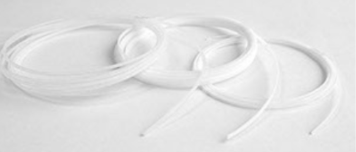
VD-7.2×3.4
A flexible waveguide is a piece of high-quality dielectric, which ends with transitions to standard waveguides with flanges.
For ease of operation, the waveguide is protected by an elastic shell.
Basic properties
Manufacturability of the connection;
Small losses and VSWR;
Economy.
Operating conditions
Operating temperature range from 5 to 50 ° C;
The relative humidity of the air is up to 98% at a temperature of 25 ° C.
Technical specifications
Waveguide cross section, mm 7.2×3.4
Flange type according to GOST RV 51914-2002
Frequency range, GHz 25.95-37.50
VSWR 1.25
Losses, dB 2.0
Length, mm* 500
TEKHNOYAKS
Moscow
Produced in: Moscow

High-frequency signal generator G4-230
The generator is capable of operating both autonomously and as part of automated measuring systems with USB and IEEE-488 (CPC) interfaces.
Technical specifications
Frequency range from 5 to 17.85 GHz
Frequency tuning discreteness 0.001 Hz
The main error of the frequency setting is ± 3x10-7 Hz
The range of setting the output signal power level at the main output is from minus 110 to 13 dBm
The basic error of setting the reference power level is ± 1.0 dB
Instability of the output signal power level for any 15-minute time interval of no more than 0.1 dB
Metrological characteristics of the generator in the FM operation mode:
- frequency range of the modulating signal:
low frequency from 1 Hz to 20 kHz
RFM from 10 to 100 kHz
- frequency deviation setting range (taking into account the carrier frequency value):
low frequency from 1 Hz to 100 kHz
RFM from 50 to 10000 kHz
- the main error of the frequency deviation setting is ± (3 – 18)%
Metrological characteristics of the generator in AM operation mode:
- frequency range of the modulating signal from 0.05 to 5.0 kHz
- the range of setting the amplitude modulation coefficient from 1 to 50 %
- the main error in setting the amplitude modulation coefficient:
Internal ± (0.15M + 0.2)%
External ± (0.20M + 0.5)%
Metrological characteristics of the generator in the IM operation mode:
- the duration range of modulating pulses from 100 ns to 20 s
- the range of the modulating pulse repetition period from 140 ns to 30 s
- the difference in the duration of the output RF pulses from the duration of the modulating pulses ± 100 ns
Operating temperature range from minus 10 to 40 °C
AC power supply 220 V, 50 Hz
Power consumption, no more than 150 VA
Overall dimensions, mm 498x136x487
Weight, not more than 15 kg
TEKHNOYAKS
Moscow
Produced in: Moscow
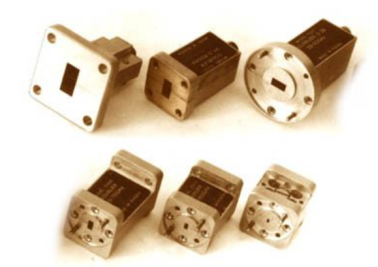
UCHX2-37
Basic properties:
Wide frequency range;
Sufficiently large output power;
High level of suppression of side harmonics of the input signal;
Low value of phase noise;
Relatively simple technical solutions:
- synchronization and frequency stabilization,
- stabilization and adjustment of the output power level,
- implementation of amplitude and frequency modulation modes;
Do not require external bias diodes.
Operating conditions:
Operating temperature range from minus 10 to 50 ° C;
The relative humidity of the air is up to 98% at a temperature of 25 ° C.
Technical characteristics
Input/output frequency range, GHz 12,93-18,75 / 25,86-37,5
Losses (max.), dB 13
Input power level, dBm 15-21
Unevenness of output power (Rvh. = 20 dBm), dB ± 1.5
The level of parasitic harmonics of the input signal at the output (min.), dBn 20
Output VSWR (max.) 2.0
Connector type:
• Input Coax. 3.5/1.5 mm (socket)
• Output Waveguide 7.2x3.4 mm
Overall dimensions, mm 29x24x24
Weight, g 60
TEKHNOYAKS
Moscow
Produced in: Moscow
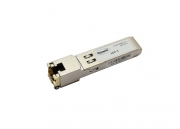
Copper Transceiver SFP 10/100/1000Base-T
from
2 175 ₽
Receiving and transmitting modules for electrical communication lines in SFP metal cases with separate optical input/output for an RJ-45 type electrical connector to transmit the signal over two optical fibres.
FTI-Optronik
Saint Petersburg
Produced in: Saint Petersburg
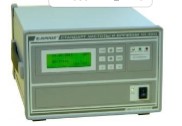
Rubidium frequency and time standards H1-1011
The modular construction principle makes it easy to adapt the devices to the specific requirements of the consumer. The standards are available in four versions – H1-1011, H1-1011/1, H1-1011/2 and H1-1011/3, which differ in metrological characteristics and a set of installed devices (modules). The built-in diagnostic system allows you to quickly determine the operability and condition of the main devices of the standards.
On the front panel of the devices H1-1011 and H1-1011/2 there is an LCD display and a control panel, with which you can quickly receive information about the current parameters of the devices included in the devices and adjust the frequency of the output signals.
The H1-1011 and H1-1011/2 standards can receive chronometric information from GLONASS and GPS satellite radio navigation systems and use it to synchronize the local time scale and automatically adjust the actual frequency value of the built-in highly stable rubidium frequency standard.
The composition of the standards H1-1011 and H1-1011/2 includes:
rubidium frequency standard H1-1014;
MPR-01 satellite radio navigation systems receiver module;
amplifier module for highly stable sinusoidal signals (at the customer's choice):
MUS-01 (3 independent outputs 10 MHz, connector type SR-50-73FV);
MUS-02 (3 independent outputs of 5 MHz, connector type SR-50-73FV);
MUS-03 (3 independent outputs of 1, 5 and 10 MHz, connector type SR-50-73FV);
MUS-04 (6 independent outputs of 1, 5 and 10 MHz in any combination at the customer's choice, SMA connector type);
MS synthesizer module with software (SMA connector type) instead of an amplifier module (at the customer's request).
The scope of delivery (at the request of the customer) includes an antenna for the SRNS receiver as part of:
antenna unit;
mounting device;
antenna cable (maximum length 60 m).
The H1-1011/1 and H1-1011/3 standards include:
the rubidium frequency standard H1-1013;
two modules of amplifiers of highly stable sinusoidal signals (at the customer's choice):
MUS-01 (3 independent outputs 10 MHz, connector type SR-50-73FV);
MUS-02 (3 independent outputs of 5 MHz, connector type SR-50-73FV);
MUS-03 (3 independent outputs of 1, 5 and 10 MHz, connector type SR-50-73FV);
MUS-04 (6 independent outputs of 1, 5 and 10 MHz in any combination at the customer's choice, SMA connector type);
MS synthesizer module with software (SMA connector type) instead of an amplifier module (at the customer's request).
Ruknar
Nizhny Novgorod
Produced in: Nizhny Novgorod

Low-frequency signal generator G3-131A
Technical specifications:
The waveform is sinusoidal, rectangular (TTL)
Frequency range from 2 Hz to 2 MHz
Frequency setting error ±0.05%
Frequency instability ±0.02% in 15 min
Signal amplitude ±5 V at 600 ohm load
±10 V without load
Limits for adjusting the output signal level from 1 mV to 3.75 V (scr) at a load of 600 ohms
from 2 mV to 7.5 V (scz) without load
Signal level unevenness ± 2% at frequencies from 20 Hz to 200 kHz
relative to 1 kHz ± 5% at frequencies from 200 kHz to 2 MHz
Harmonic coefficient ± 0.3% at frequencies from 2 to 20 Hz
± 0.2% at frequencies from 20 Hz to 100 kHz
±1% at frequencies from 100 kHz to 2 MHz
Parameters of the rectangular (TTL) signal form log. "1" 3 2.4 V; log. "0" ≤ 0.4 V the
duration of the front, the cutoff is not more than 100 ns
Operating temperature range from minus 10 °C to + 40 °C
Power supply ~230 V, 50 Hz; 10 V×A
Dimensions; weight 210×71×255 mm; 2
MNIPI
Minsk
Produced in: Belarus, Minsk
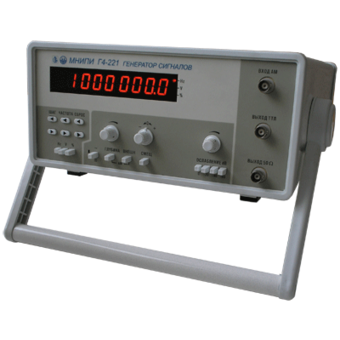
Generators G4-221, G4-221/1
Technical specifications:
Frequency range of sinusoidal waveforms, 0.1 Hz - 17 MHz
Frequency range of rectangular-shaped signals, 0.1 Hz - 1 MHz
Frequency setting discreteness, ±(0.012 + 0.0001 f), f in Hz
Frequency instability in 15 minutes, no more than ± 1•10-5
Smooth signal attenuation, 40 dB
Stepwise signal attenuation, 20, 40, 60 dB
MNIPI
Minsk
Produced in: Belarus, Minsk
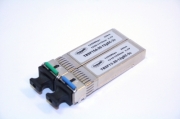
Optical Transceiver SFP OC-3/STM-1/Fast Ethernet (155Mbps)
Optical transceivers are in standard SFP metal case with integrated optical input/output for SC,LC connectors for to transmit the signal over a single optical fiber.
FTI-Optronik
Saint Petersburg
Produced in: Saint Petersburg
